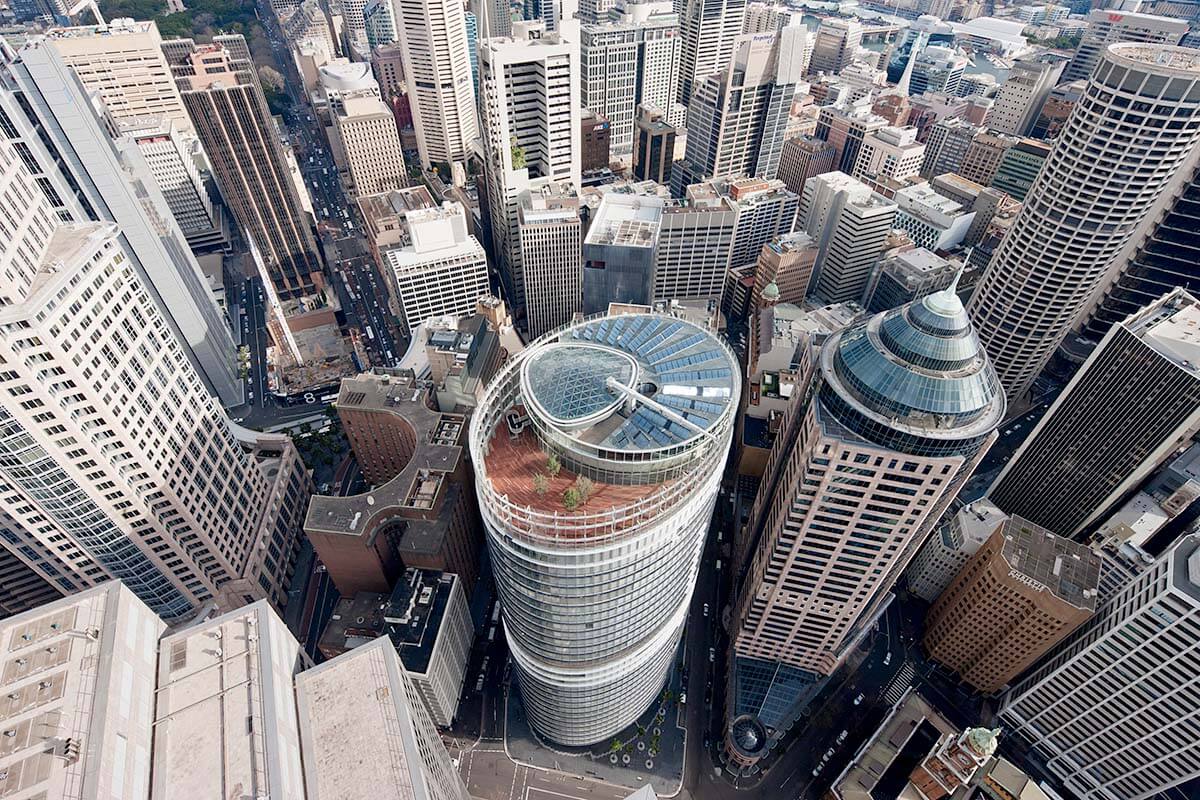Sustainability standards for non-residential development come into effect from 1 October 2023.
Many non-residential buildings in NSW already consider sustainable performance in design and operation. Introducing sustainability standards for all non-residential buildings will help drive NSW significantly closer to our target of net zero emissions. It will ensure the places we work, visit and stay are more comfortable year-round, with less reliance on heating and cooling.
The non-residential building sustainability standards are in Chapter 3 of the State Environmental Planning Policy (Sustainable Buildings) 2022 (the Sustainable Buildings SEPP). We have also updated the NSW Planning Portal, including for major projects, with information and resources to help assessors and applicants understand and comply with the new standards.
Requirements for non-residential development
The sustainability provisions for non-residential development include:
- general sustainability considerations for all development, including water and energy efficiency and waste minimisation
- embodied emission measurement and reporting for all developments
- minimum energy standards for large commercial development, with energy performance to be verified after the building is occupied and offsets purchased for residual emissions
- minimum water standards for large commercial development
- certain developments to be ‘all electric’ or capable of converting to operate without fossil fuels by 2035.
The provisions apply to all new non-residential development with an estimated development cost of $5 million or more or alterations of existing buildings for non-residential use with an estimated development cost of $10 million or more. Exemptions relating to land use zones are described in Chapter 3.1 of the SEPP.
Energy and water
The energy and water standards and net zero requirements apply to large commercial developments including offices over 1,000 m2 of net lettable area, hotels and motels with 100 rooms or more and serviced apartments with 100 apartments or more. The energy and water requirements align with the National Australian Built Environment Rating System (NABERS). NABERS have developed Agreements to Rate to support applicants to meet the standards.
Net zero
Certain state significant development, with health, education and cultural uses, will also need to meet the net zero provisions. The Net Zero Technical Note (PDF, 146 KB) explains how to prepare a net zero statement. The statement must be verified by a mechanical or electrical engineer.
Embodied emissions
We have collaborated with NABERS to establish the embodied emissions reporting process for all non-residential development, using the NABERS Embodied Emissions Materials Form. This form will be used until the NABERS embodied emission framework and national tool is available in 2024. The form must be verified by a quantity surveyor, qualified designer, engineer or NABERS assessor. The Embodied Emissions Technical Note (PDF, 114 KB) explains the reporting process.
NABERS have also included embodied emissions in the Agreements to Rate as optional for large commercial developments that wish to demonstrate leadership in decarbonisation.
